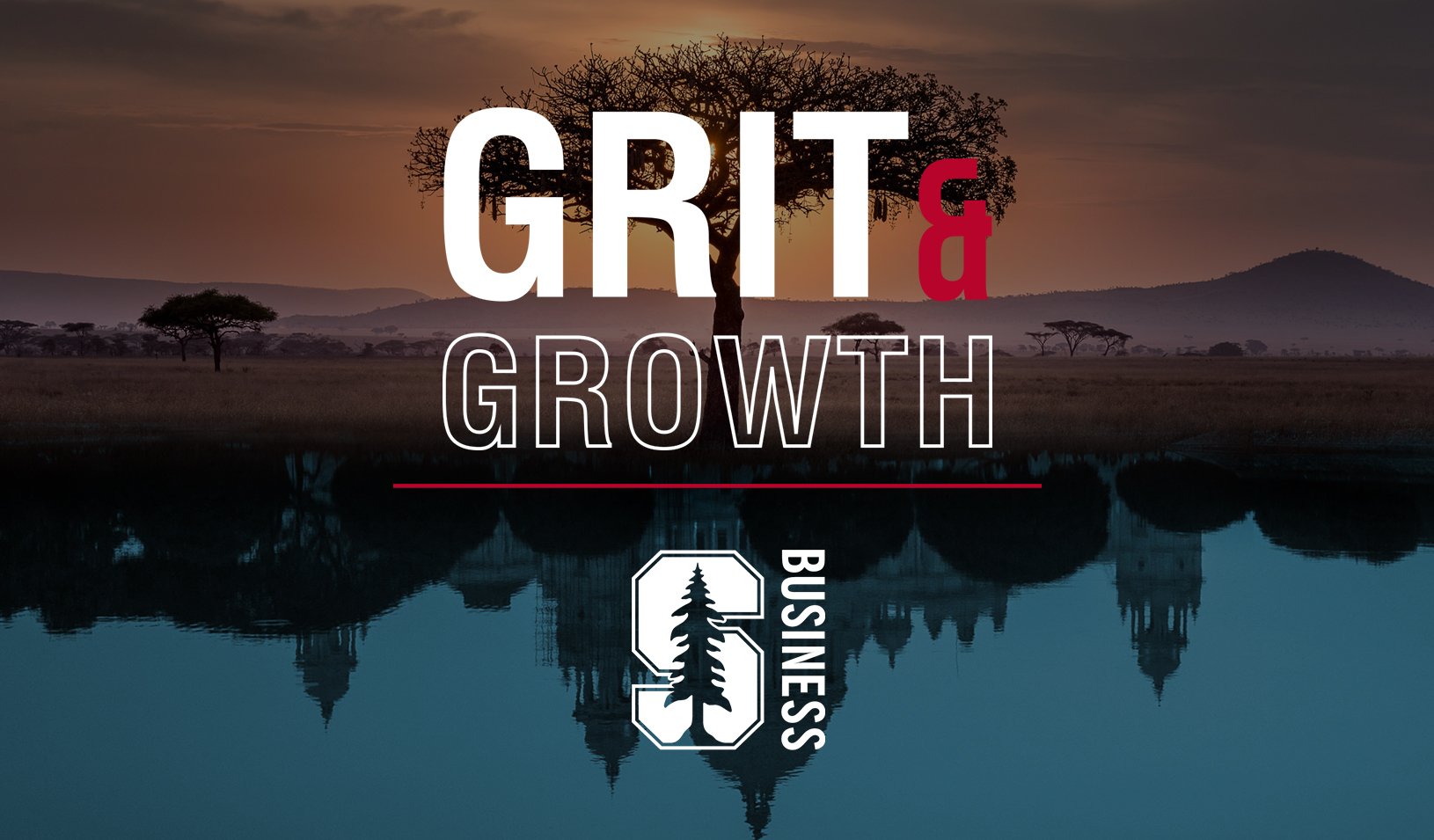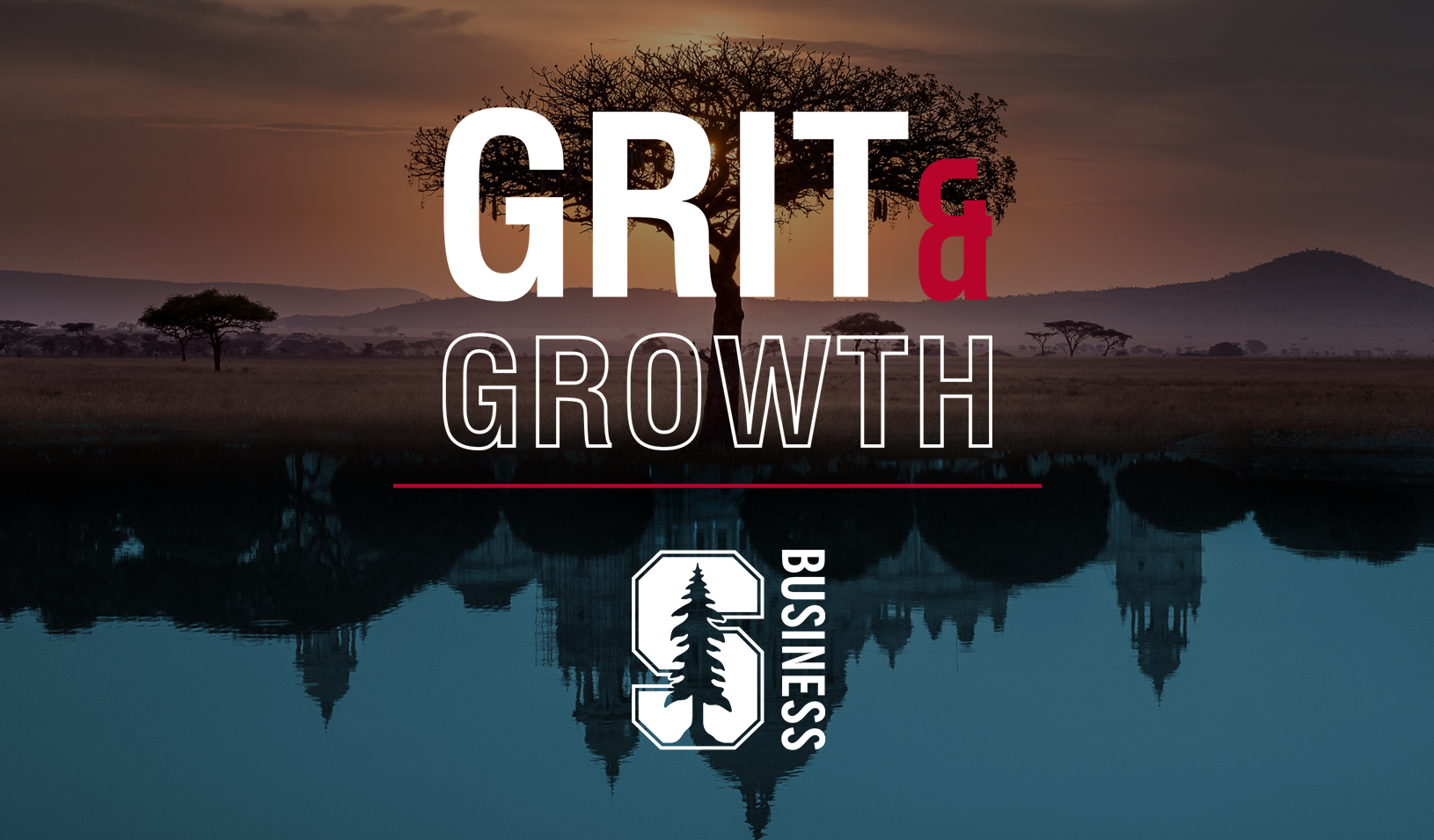Jason Rosenthal: Going Against the Grain
A serial entrepreneur explains why he takes on huge markets with disruptive approaches.
October 14, 2013

Jason Rosenthal, MBA ‘96, is working to disrupt the imaging market with his software-based Lytro camera that refocuses photos after they’re taken. (Photo courtesy of Lytro)
You’d have to look hard to find a tech entrepreneur whose career has had as many twists and turns as Jason Rosenthal’s. He started at a nonprofit, creating opportunities for minorities in Los Angeles, worked at Netscape and Hewlett Packard, moved to a Silicon Valley private equity firm, and was a senior executive at a company that survived a near-death experience in the dot-com implosion — and then sold itself for $1.65 billion. Now he’s CEO of Lytro, a startup striving to redefine digital photography with a camera that allows the user to refocus a picture long after the shutter has closed.
Your first job out of Pomona College was with Rebuild LA, a nonprofit started by Peter Ueberroth. Beyond the obvious, what are the differences between working with a socially oriented business and a profit-oriented business?
Actually, there are far more similarities than differences. The main thing about any start-up venture, whether it is for profit or not, is that you are going against the grain to change something. In the case of Lytro, my current company, it’s all about bringing a new type of camera and imaging system to market. At Netscape, my first job after GSB [Stanford Graduate School of Business] was about bringing this new medium to life — the internet. You’re driving against the status quo, and the only thing that lets you succeed is that you’re doing something new and cool and different that you, as an entrepreneur, believe with all your heart and body should exist.
You were part of the original team at LoudCloud, a company that owned thousands of servers and used them to host websites for businesses. But it somehow morphed into a software company called Opsware. How did that happen?
In 18 months we grew LoudCloud to 650 people [it started with 5], took the company public, raised over $400 million in capital, and then everything that could possibly go wrong did go wrong. The dot-com crash happened, 9/11 happened, and our customers were going out of business at an alarming rate.
LoudCloud ran websites for companies. As part of that, we wrote Opsware, automation software we used internally for running our own operations. As things continued to get bad out there, we’d talk to customers about using our service, and they would invariably say “everyone who is offering a service like yours is going under, so we won’t buy it from you. But that automation software sounds really interesting. Can we just buy that from you?”
After hearing that about 20 times, and realizing that sticking to what we were doing wouldn’t work, it dawned on us that making software for other companies is just a better business. Ultimately, we sold our services business to EDS [Electronic Data Systems] and then restarted the company as Opsware.
That’s quite a pivot, moving from hardware and hosting to software. What did you learn from the experience?
Every day was a crisis. We almost went bankrupt four times. Before we did our IPO, we had six weeks of cash left and the public markets for tech were collapsing around us in 2001. The normal, rational thing to do would be to go and do something different. But I’ve found, time and again, that as an entrepreneur, never underestimate the value of playing another hand. And don’t be afraid to shift gears. The end story on Opsware is we sold it to HP for $1.65 billion in cash, and as luck would have it, we did it two weeks before the financial crisis hit.
What’s the best business advice you ever got?
John Reed [then CEO of Citigroup] came to talk to us as we were starting LoudCloud and said: “No matter what kind of benefit or wealth creation you eventually earn, it will in no way amount to the blood and sweat that you put into it. You have to be crazy to start something like this, and the only people who succeed are the ones who do it for the pure love of the journey.” That was 14 years ago, and I’ve found that to be true in every one of the things I’ve done.
You worked at Silver Lake, a big player in Silicon Valley private equity. What advice do you have for the entrepreneur looking for funding?
This may sound trite, but it really is about going after big markets with innovative solutions. Unfortunately, there are now too many entrepreneurs who are biting off small, incremental problems, like a new app for the iPhone. The way to get investors excited and the way to build a great company is to take on a huge market with a disruptive approach. That’s our approach at Lytro. We think we have the opportunity to be the software and hardware foundation for an entire next generation of imaging.
Is it fair to call the Lytro camera that’s on the market now, Lytro 1.0?
Yes. It’s just a first step. Over the long term we are building a hardware and software foundation for cameras and imaging systems of all kinds. You can think of Lytro as Moore’s Law meets photography. We’re taking components of cameras like lenses and optics and image sensors, and replacing them with software and computation to build better and more powerful cameras than the world has ever seen. Now, we are hard at work on generation two.
I’ve seen demonstrations showing that you can refocus a picture that was taken with the Lytro camera. How is that possible?
The most important part of the camera is actually the software. We are building something called light-field cameras. The way cameras have worked for 200 years, you’re capturing two data points: the color of the light photons and their intensity or brightness. In a light-field camera you have a whole other layer of data: the angle and vector of the entire light ray. When you capture that third dimension of data, you can use all the techniques in computer graphics that have allowed us to make Pixar movies and Avatar and video games and the like. You can apply all that math and geometry to real-world photography.
How is all that data captured?
We place an additional lens in front of the sensor. It still uses a normal lens and a normal sensor, but in between there is something called a micro-lens array. You can think of it as a set of microscopic lenses. There are hundreds of thousands of these tiny lenses in our current camera. If you hold one up to the light, it is like you are looking through thousands of tiny prisms. It’s that one innovation that lets us capture all this additional data.
This is all very new and not that easy to explain. So how do you make potential buyers understand what it is and why they might want it?
The tagline for our current camera is “take pictures that are worth exploring.” We hope that we capture people’s attention and that they will come to our website to learn more. If you don’t, there’s a risk that people will think your product is too complex and won’t buy it. We’re working to get our message into the media: There have been over 1,500 articles written about us and over 2 billion media impressions, but we’re just getting started. We’ve also done work at New York Fashion Week with Tommy Hilfiger. They’re using the Lytro camera to give a more interactive view of their collection.
Why did you come to Stanford?
I learned from Peter Ueberroth that one of the most dramatic ways you can create positive social change is through business and starting a company. That’s what motivated me to apply to Stanford and GSB. While I was at [GSB] the internet was emerging as a commercial medium, and I saw that all the things I was passionate about — connecting people and driving change — were going to be radically accelerated by a globally connected network. GSB was a terrific way to meet entrepreneurs and people who were doing things around the internet. That’s how I found my way to Netscape.
Didn’t the founder of Lytro also come out of Stanford?
Yes. Ren Ng developed the technology for Lytro while doing his PhD in computer science at Stanford. He is founder and chairman of the company. Ren also did his undergraduate work there and was involved in the Ignite program [a Stanford GSB academic program for individuals formulating, developing and commercializing ideas.].
Jason Rosenthal earned his MBA from Stanford Graduate School of Business in 1996.
For media inquiries, visit the Newsroom.
Explore More

From Local Startup to Pan-African Success: The Beem Story

Strategy: It’s the Big Bets that Matter



